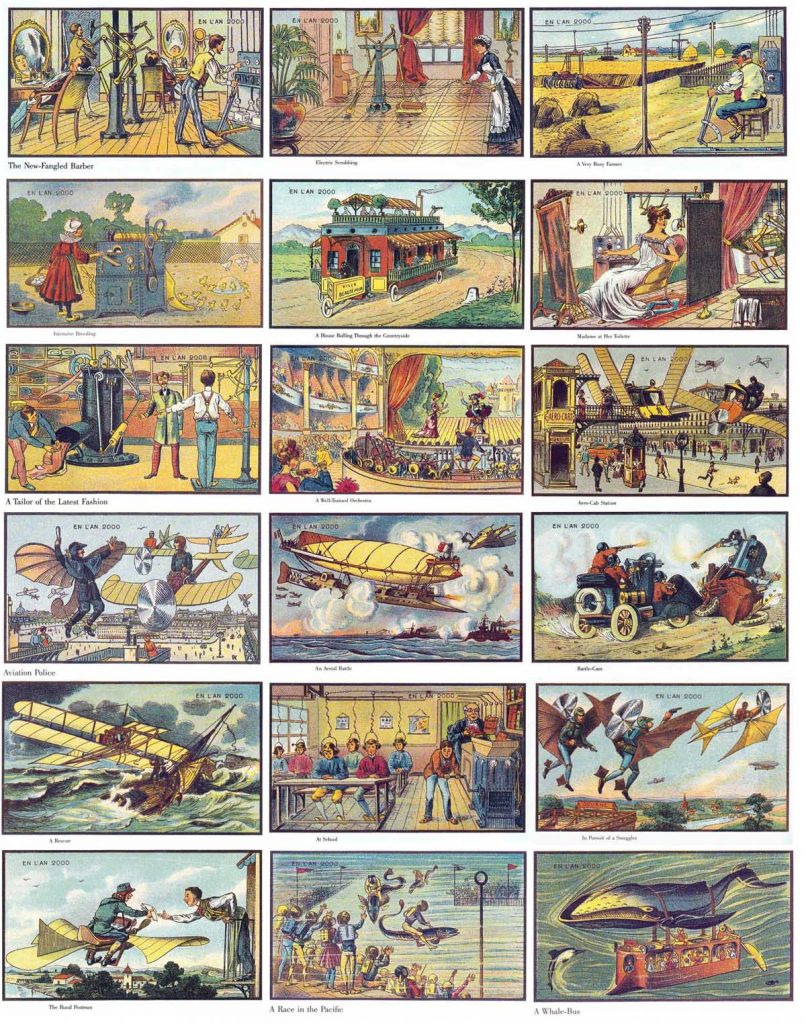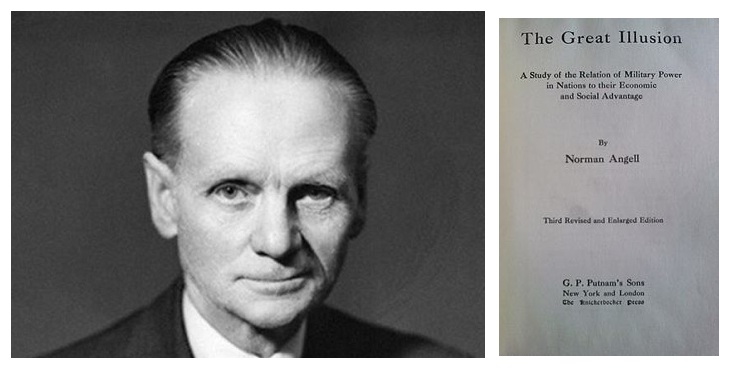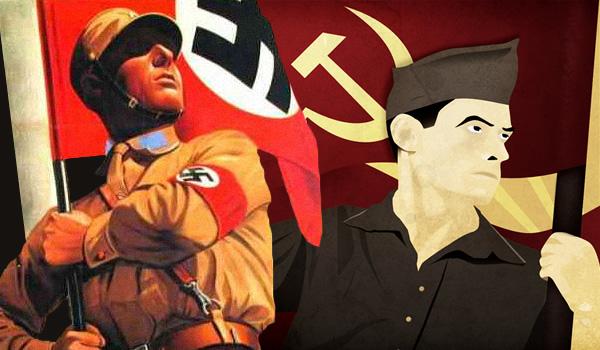Fantastic Vision
OUZILLY, France – “How does this all end?” It’s a regular subject for guesswork here at the Diary. It is also the subject of a new book, The Breaking Point, by our old friend and editor of investment advisory Strategic Investment, James Dale Davison.
The cover of J.D. Davidson’s new book The Breaking Point. One isn’t supposed to judge a book by its cover, but it’s probably safe to say that this book isn’t exactly brimming with everything is awesome messages. |
|
“What do you see coming?”
Of course, to see what’s coming, you have to look back on what’s come before. Jim sent us an advance copy and invited us to write a foreword. Herewith, we share with you an extract from our introduction…
In 1900, a survey was done. “What do you see coming?” asked the pollsters. All of those people questioned forecast better times ahead. Machines were just making their debut, but already people saw their potential.
You can see some of that optimism on display today in the Paris Metro. In the Montparnasse station is an illustration from the late 1800s of what the artist imagined for the next century.
It is a fantastic vision – of flying vehicles… elevated sidewalks… incredible mechanical devices, all elaborated from the Machine Age technology as it was understood at the time.
How French artists imagined the year 2000 back in 1899: a great many flying machines and lots of underwater imagery, unusual animals pressed into service and quite a bit of robotics and bio-tech as well. The image of the school reminds us a bit of how people are shown to acquire knowledge in the SF movie The Matrix (made exactly 100 years later) – click to enlarge.
There is no sign of hydraulics, jet engines, or electrical devices, for example, just gears and pulleys, and flying machines that flapped their wings like a bird. But when asked what lay ahead, the most remarkable opinion, at least from our point of view, was that the government would decline in size and power.
Almost everyone thought so. We wouldn’t need so much government, they said. People will all be rich. Wealthy people may engage in fraud and finagling. But they don’t wait in dark allies to bop people over the head and steal their wallets.
They don’t need government pensions or government health care either. Nor do they attack their neighbors. |
 In 1900, a survey was done. “What do you see coming?” asked the pollsters. All of those people questioned forecast better times ahead. Machines were just making their debut, but already people saw their potential. You can see some of that optimism on display today in the Paris Metro. In the Montparnasse station is an illustration from the late 1800s of what the artist imagined for the next century. - Click to enlarge |
The Great Illusion
In 1909, British politician Norman Angell published a best-selling book, The Great Illusion, in which he explained why. Wealth is no longer based on land, Angell argued.
Instead, it depended on factories, finance, and delicate relationships between suppliers, manufacturers, and consumers. And as this capitalism made people better off, he said, they wouldn’t want to do anything to interfere with it. It would only make them poorer.
One of his most important readers was Viscount Esher of Britain’s Committee of Imperial Defense. Set up in 1904, its task was to research and coordinate military strategy for the empire. Esher told listeners that “new economic factors clearly prove the inanity of aggressive wars.”
One of the most important components of the wealth of the late 19th century was international commerce. Capitalism flourishes in times of peace, sound money, respect for property rights, and free trade. It was clear that everyone benefited. Who would want to upset that apple cart?
“War must soon be a thing of the past,” Escher concluded. He was wrong. In August 1914, the cart fell over anyway. The Great War began five years after Angell’s book hit the best-seller lists.
On the first day of the Battle of the Somme – 100 years ago – there were more than 70,000 casualties. By the time Americans arrived in 1917, the average soldier at the front lines had a life expectancy of only 21 days.
And by the time of Armistice Day – on the 11th day of the 11th month at 11 a.m. of 1918 – the war had killed 17 million people, wounded another 20 million and knocked off the major ruling families of continental Europe – the Hohenzollerns, the Hapsburgs, and the Romanoffs (the Bourbons and Bonapartes were already gone from France). |
 In 1900, a survey was done. “What do you see coming?” asked the pollsters. All of those people questioned forecast better times ahead. Machines were just making their debut, but already people saw their potential. You can see some of that optimism on display today in the Paris Metro. In the Montparnasse station is an illustration from the late 1800s of what the artist imagined for the next century. - Click to enlarge Pacifist Norman Angell and his book The Great Illusion. He and Viscount Escher were no exception – around the turn of the century, almost no-one could imagine that there would be war, let alone a world war, so soon, if ever again. It seemed impossible given the close economic ties that had developed between countries all over the world. It was a Golden Age of rising living standards, growing international trade and vast technological progress. Gold was the global currency and real incomes rose rapidly in both industrialized nations and emerging markets. The purchasing power of money was never again as stable as it was then, and never again was there such rapid and equitable economic progress, with prosperity spreading far and wide across all social strata. Government was but a footnote in most people’s lives – in the US, government spending amounted to less than 4% of GDP. As it turned out, everybody gravely underestimated the stupidity and cruelty of the psychopaths running governments. The gang of criminals known as The State eagerly jumped at the chance to expand its powers by means of war – peace and prosperity be damned. |
The Age of “Isms”
After the Great War came a 30-year spell of trouble. In keeping with the metaphor of the Machine Age, the disintegration of pre-war institutions broke the tie rods that connected civilized economies to their governments.
Reparations imposed on the Weimar Republic after the war sparked hyperinflation in Germany. America, meanwhile, enjoyed a “Roaring 20s,” as Europeans paid their debts – in gold – to U.S. lenders.
But that joyride came to an end in 1929. Then the feds flooded the carburetor, in their disastrously maladroit efforts to get the motor started again – including the Smoot-Hawley Act, which restricted cross-border trade.
The “isms” – fascism, communism, syndicalism, socialism, anarchism – issued forth, like carbon monoxide. They offered solutions!
Finally, the brittle rubber of communism (aided by modern democratic capitalism) met the mean streets of fascism, in another six-year bout of government-led violence, World War II.
By the end of this period, the West had had enough. Europe settled down with bourgeois governments of various social-democrat forms. America went back to business, with order books filled and its factories still intact. |
 In 1900, a survey was done. “What do you see coming?” asked the pollsters. All of those people questioned forecast better times ahead. Machines were just making their debut, but already people saw their potential. You can see some of that optimism on display today in the Paris Metro. In the Montparnasse station is an illustration from the late 1800s of what the artist imagined for the next century. - Click to enlarge Birds of a feather… the totalitarian ideologies of fascism and communism are usually held to be on opposite ends of the political spectrum. That is not the case; the differences between them consist of mere technicalities. Ultimately they represent the unfettered, total State – which essentially gives its citizens the choice between enslavement or death (and even that “choice” is subject to the arbitrary whims of rulers; for instance, even life-long obedient slaves of the system were not exempt from becoming victims of Stalin’s purges). Only a tiny ruling elite is not subject to the strictures governing the miserable lives of everybody else.
Image credit: Julius Ussy Engelhardt
|
The End of History?
The “isms” held firm in the Soviet Union and moved to the Orient – with further wear and tear on the machinery of warfare in Korea… and later Vietnam.
Finally, in 1979, Chinese leader Deng Xiaoping announced that, although the ruling Communist Party would stay in control, the country would abandon its Marxist-Leninist-Maoist creed.
China joined the world economy with its own version of state-guided capitalism. Then, 10 years later, the Soviet Union gave up even more completely, rejecting both the Communist Party and communism itself.
This was the event hailed in a silly essay by American political scientist Francis Fukuyama, “The End of History?”
With the publication of this book, Francis Fukuyama mastered the art of becoming a globally renowned laughing stock for the rest of his life in near record time (that might explain his grumpy mien). Not surprisingly, history refused to end – and just as had happened to Norman Angell and others, it made a mockery of his notions before he could say “what happened?”. He might have avoided this if he had actually studied some history…
Finally, the long battle was won. It was, wrote Fukuyama, the “endpoint of mankind’s ideological evolution and the universalization of western liberal democracy as the final form of human government.”
Stay tuned for part II. |
|